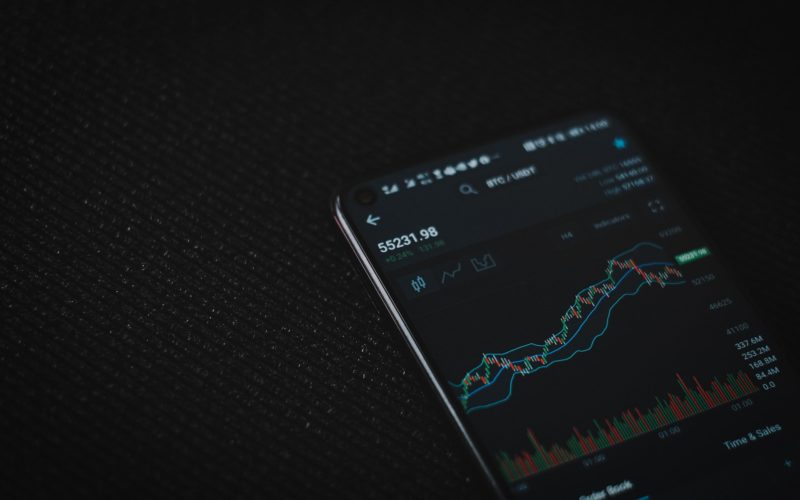Traders use a systematic methodology for selling and buying in the markets based on predefined criteria and rules. This process of making trading decisions is known as a trading strategy.
A trading strategy, whether complex or straightforward, can involve considerations of investment style, technical indicators, or market cap. It is set using objective analysis and data that is periodically tweaked and re-evaluated as market conditions change. Let us look at the top seven trading strategies.
Gap trading
A gap trading happens when no trading occurs because the price of an asset moves sharply low or high and nothing in between. This market condition implies that the current price differs from the previous close. Many Prop Trading Firms favor gap traders for their sharp skills in spotting trends.
A gap trader watches these gaps in the prices and takes advantage of opportunities between the opening range for the next day and the price range for the previous day. An opening price range above the last day’s price is called a gap, which signifies going long. An opening price range below the previous day means a chance to go short.
Trend trading
Trend trading relies on analysis to detect the direction of the momentum, which is usually best suited for swing traders or position traders for the medium-term. Each position continues until the trend remains open. The asset price can trend down or up. Leveraged products and derivatives are popular choices for this strategy.
Traders make a small deposit to open, but they could lose more than that because this type of trading is high risk. Moreover, the total loss of profit depends on the full size. Make sure to put in place adequate risk management measures. Trend traders use indicators throughout to identify potential temporary moves against the norm.
Range trading
Range trading is short-termed using consolidating markets. The price remains within lines of resistance and support. Range traders open long positions. They believe that the liquid currencies remain tight, with volatility between the levels, which means they can benefit from these fluctuations between resistance and support levels.
Short-term traders love range trading. The range traders use indicators such as RSI or stochastic oscillator, which identify oversold and overbought signals. Ranger traders also use fractals indicators or Bollinger bands that help to determine when the price might break away from this range. Such a situation indicates that they need to close the position.
Breakout trading
Breakout trading strategy enters a trend early and waits until the price breaks out. Swing and day traders use breakout trading, which takes advantage of the medium to short-term market movements. They enter the market and look for prices that indicate any change or volatility in market sentiment.
Commonly, a limit-entry order is placed around the support or resistance levels, so the breakout automatically executes a trade. Most breakout trading is volume-based because they assume that when the levels start to go up, there will be a breakout either from a resistance or support level.
Reversal trading
The reversal strategy is based on finding out when a trend will change direction. When the reversal trading happens, it takes on the trend trading characteristics. It is either going to be a bullish reversal or a bearish reversal. The former indicates it is on a downtrend and will turn to an uptrend, whereas the latter indicates vice versa.
When doing reversal trading, detecting whether the market is simply retracing is crucial. The standard tool used to determine whether it surpasses retracement levels is a Fibonacci retracement. Some consider this tool self-fulfilling, as many will congregate around and push it in the desired way. Using technical indicator tools with other fundamental and technical tools. Is essential
Pairs trading
Pairs trading is a strategy of finding the correlated set of instruments where the valuation relationship has gone out of control. It is a strategy of selling overpriced assets and buying underpriced ones. This trading strategy aims to make money irrespective of market volatility or conditions such as uptrends, downtrends, etc.
Arbitrage
Arbitrage trading is a strategy in which a trader simultaneously sells and buys an asset in various markets to benefit from the price difference to generate a profit. The differences are minor, but when multiplied by large volumes, the returns can be impressive.
Arbitrage is a series of trading transactions in which you make a profit by eliminating all risks. A classic example would be spotting a chance in two similar assets, one priced higher and the other lower. This trading strategy takes advantage of purchasing the lower-priced asset while it is undervalued.
Usually, the arbitrage opportunities are few and far between because traders are always on the lookout and manage to find them quickly. This way, the edge disappears as more traders swamp the market to grab and trade the opportunity.












